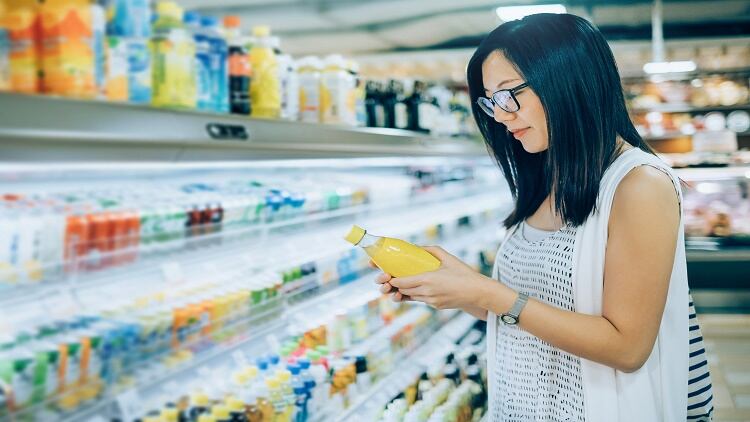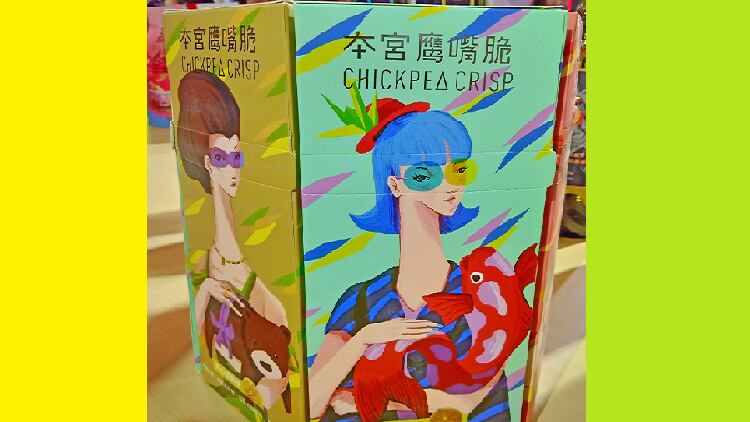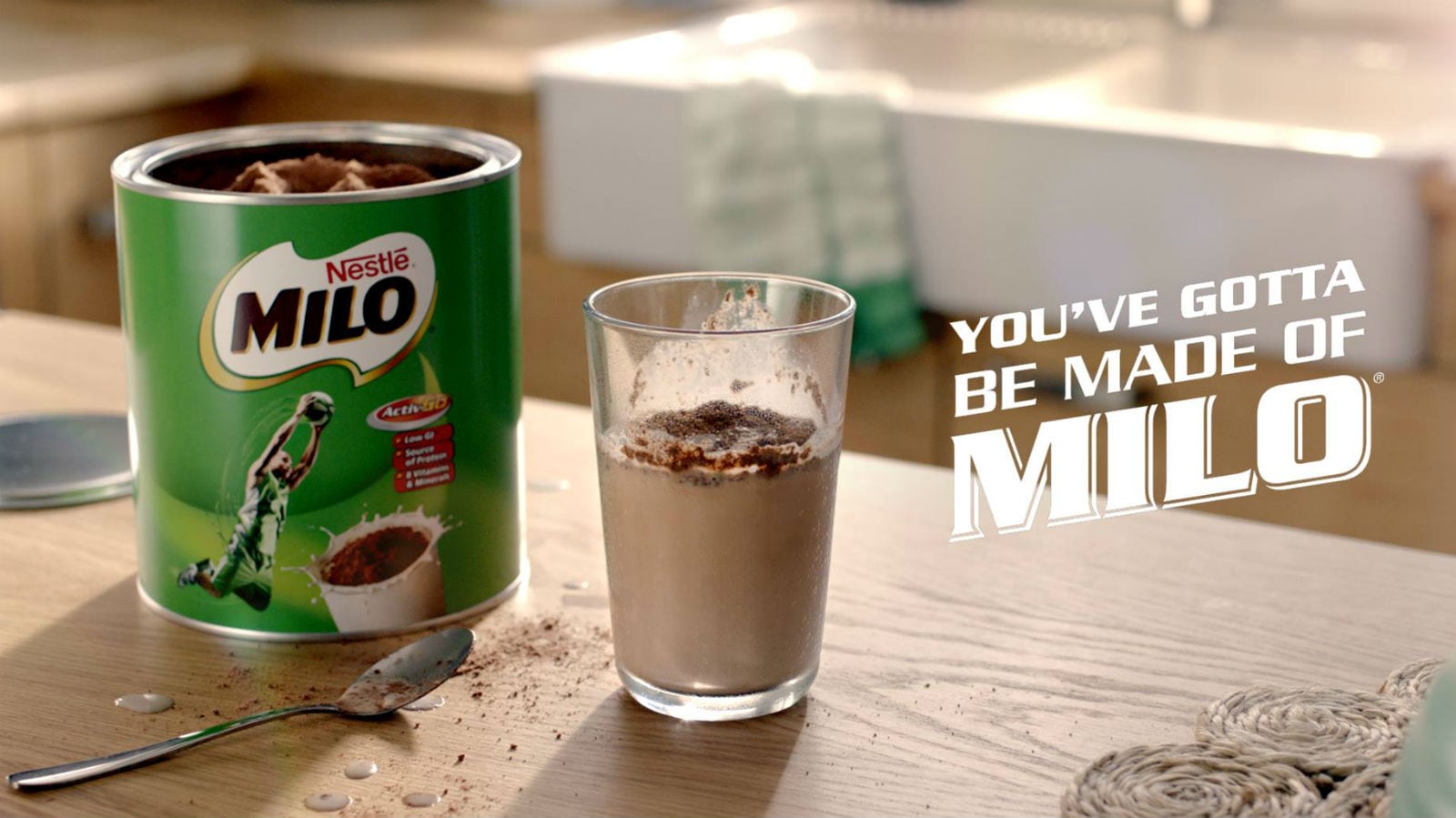Perhaps unsurprisingly, this trend has tempted some budding R&D entrepreneurs to offer services specifically to these group of people.
One of these is Dr Bin Zhang, the founder of Halmana Beverage Inno-lab, who spoke to FoodNavigator-Asia during the Food and Beverage Innovation Forum (FBIF 2019) held in Hangzhou recently.
Founded in 2016, Halmana only provides R&D and supply chain management services for the beverage sector.
In the past three years, the firm has completed nearly 80 projects and has established contacts with more than 1,000 suppliers worldwide.
Dr Zhang pointed out that these days, it was increasingly common to see firms without food and beverage experience and internet celebrities set foot into the industry.
“As the logistics industry and IT technology advance forward, many barriers were overcome. To many people from the other industries, they feel that they can start to do beverage as well.
“For example, to many internet celebrities, they have a lot of followers and millions of fans. However, they do not have a product. For them, they need to transform their number of followings into cash. Otherwise, so what if you have millions of people who like you? That is why they are now making their own product label, which could be in the form of beverages,” he said.
In fact, when the internet celebrities come to them, they already have an idea of the product that they wanted to make and the firm will help materialise the idea.
“These internet celebrities usually do not follow the big market trends when conceptualising their products. They already have their own followers and through the interaction with their followers, they would already have known their preferences.”
There are also others who entered the beverage industry because they needed to undergo industry transformation. An example was the coal-mining firms, Dr Zhang pointed out.
“Due to environment pollution, the Chinese government is setting very strict controls on the coal-mining industry. So what can these companies do? They integrate local agriculture specialty into beverages.”
At present, about 40% of Halmana’s clients are locals, while overseas firms made up another 40%, with Australian and European firms making the bulk of them. The remaining 20% only acquired the firm’s supply chain management services.
An example of an overseas brand that they have worked with is Canadian brand Doctor. It helped to launch Doctor’s anti-hangover beverage into the Chinese market a few months ago.
“They are a medical team and have on hand active ingredients and we help them by making their ingredients into a commercially viable product...We also designed the product packaging such that the bottle will give out florescent lights at night, which makes it very attractive.”
Challenges
The challenges for firms entering China’s beverage industry, is the lack of understanding of the entire industry, which applies to both local and overseas firms.
The greatest issue, was a lack of a full picture of the industry, Dr Zhang pointed out.
“When entering the Chinese market, the biggest problem that overseas firms face is that they do not have a full picture of the industry. They may have very fragmented pieces of information.
“For example, they may have people who tell them that China’s food safety laws are very strict, Chinese consumers would not like their product, China’s manufacturing standards are not good…These are just opinions. What they need is a set of information that can help them make decisions. These information cannot be ambiguous either.”
Tell a story
According to Dr Zhang, working on the product taste is not sufficient, firms should take care of the product’s brand narrative, which is why Halmana’s R&D efforts goes beyond the product taste.
“Our product design is not just about the formulation, it includes the content design as well,” he said.
He gave the example of crafting of a product narrative based on the ingredient selection.
“For example, when we are designing a product previously, we used a type of butter which is made from New Zealand’s cow milk. For these cows, 87% of their feed are natural. Using this piece of information, we emphasised the product’s naturalness.”





